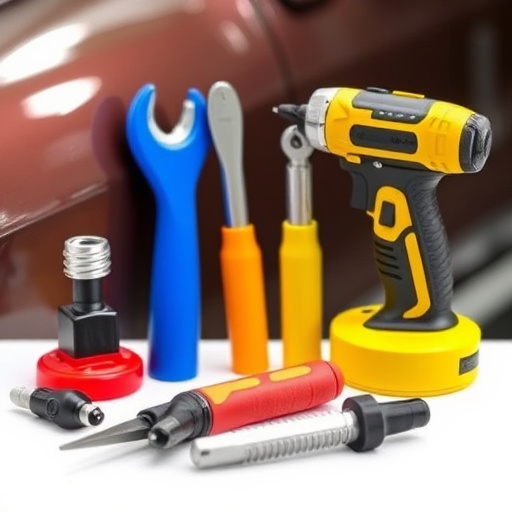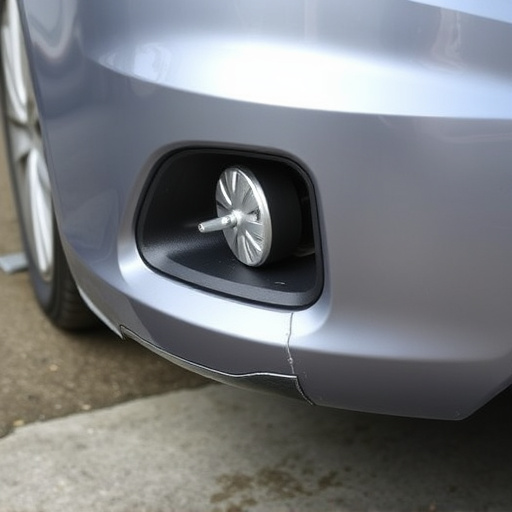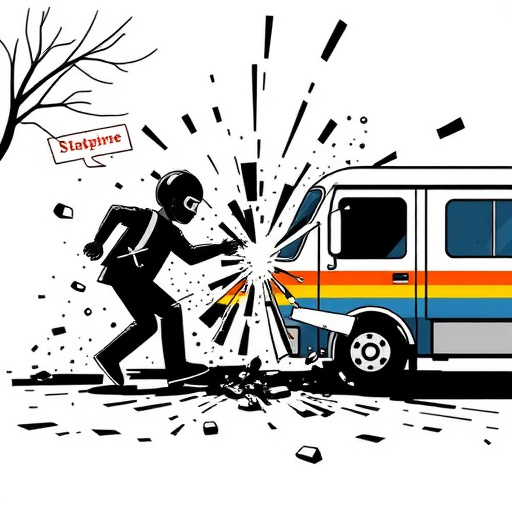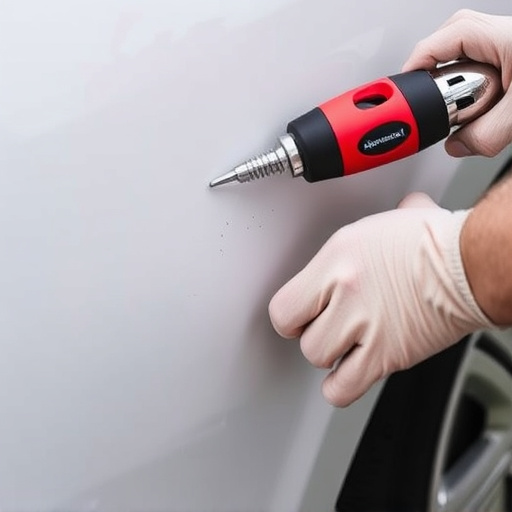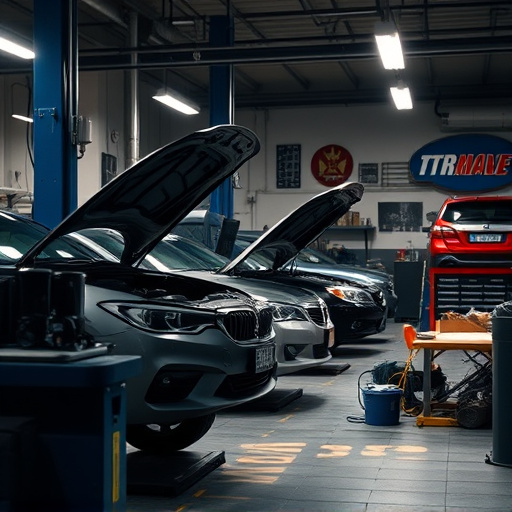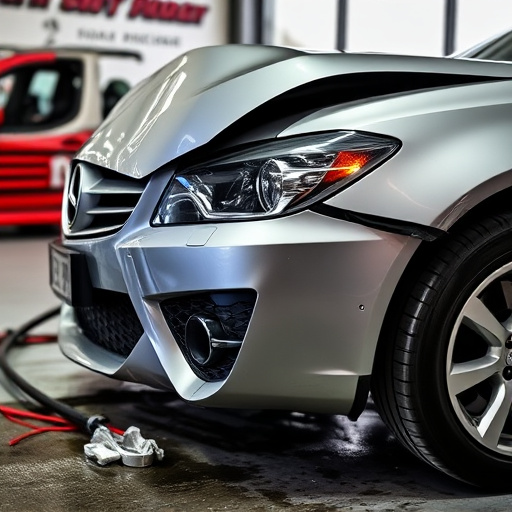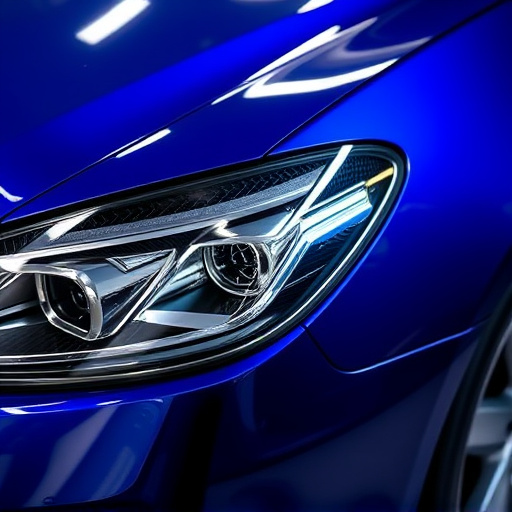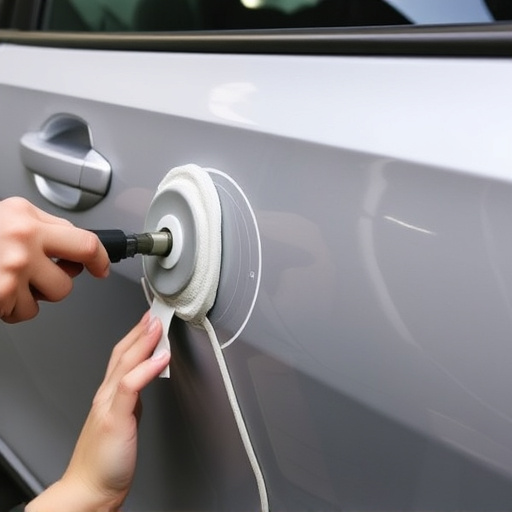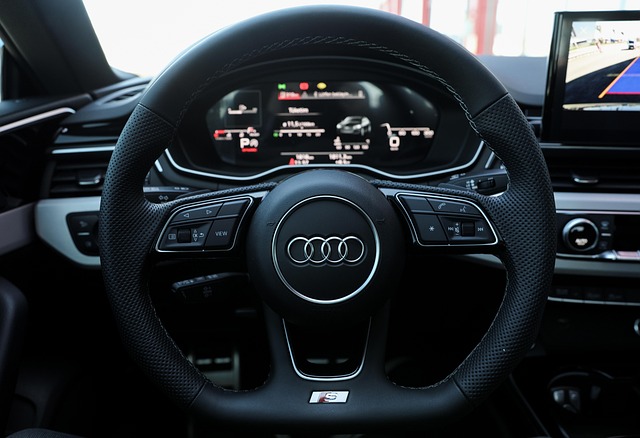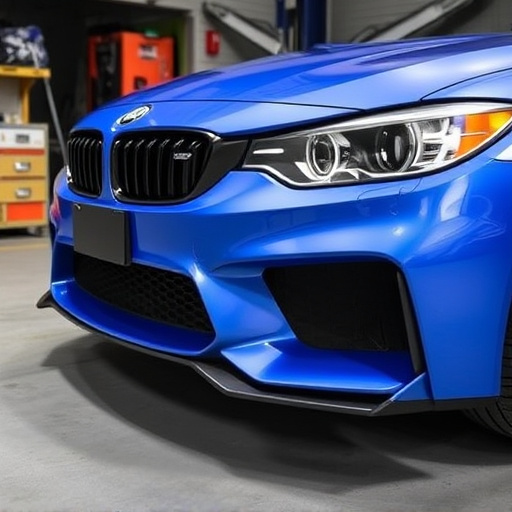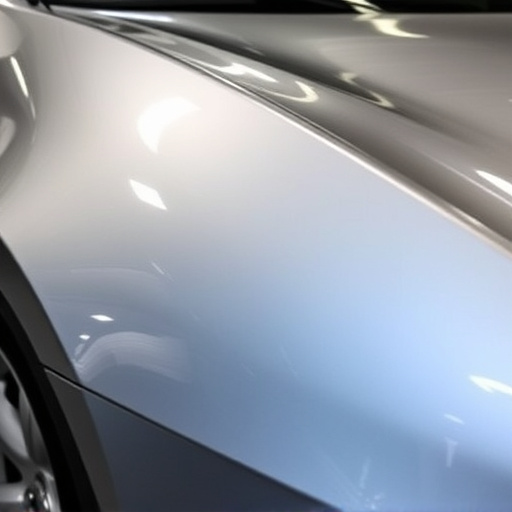Advanced tools and techniques are revolutionizing collision repair, especially for molding replacement collisions, offering enhanced precision, reduced errors, and superior quality in vehicle body repairs, ultimately benefiting both shops and customers with faster turnarounds and increased satisfaction.
In today’s advanced manufacturing landscape, achieving precise collision accuracy during molding replacement parts is paramount. This meticulous process ensures structural integrity and optimal performance of final products. This article delves into understanding the intricate dynamics of collision accuracy in molding, exploring advanced tools that enhance precision. We’ll uncover strategies for optimizing replacement parts manufacturing, leveraging cutting-edge technologies to revolutionize this crucial aspect of the industry.
- Understanding Collision Accuracy in Molding
- Advanced Tools for Enhanced Precision
- Optimizing Replacement Parts Manufacturing
Understanding Collision Accuracy in Molding
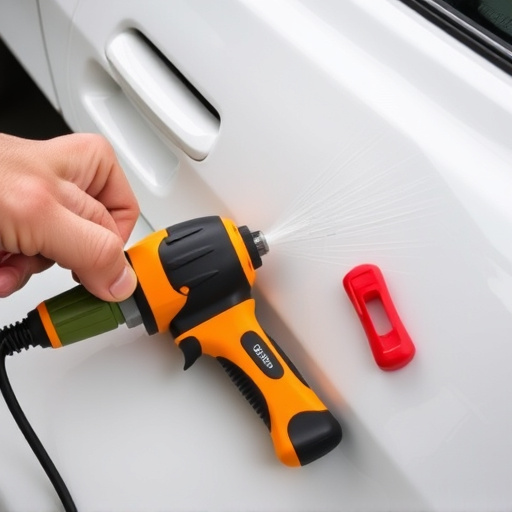
Collision accuracy in molding is a critical aspect of ensuring high-quality and safe vehicle repairs. In the context of car body shops and vehicle body shops, accurate collision repair means minimizing damage to surrounding panels and components during the replacement process. This precision is paramount for maintaining the structural integrity and aesthetic appeal of the vehicle. Every dent removal or molding replacement procedure should aim to align perfectly with the original design, preserving the vehicle’s overall value and performance.
Advanced tools have revolutionized this aspect of car body shop operations. They offer enhanced control and accuracy during complex repairs, enabling technicians to achieve precise results. These tools are designed to cater to the specific challenges of different vehicle models, ensuring that every molding replacement collision is executed with meticulous care. By leveraging cutting-edge technology, car body shops can now deliver top-notch services that meet modern safety standards while preserving the beauty and longevity of vehicles.
Advanced Tools for Enhanced Precision
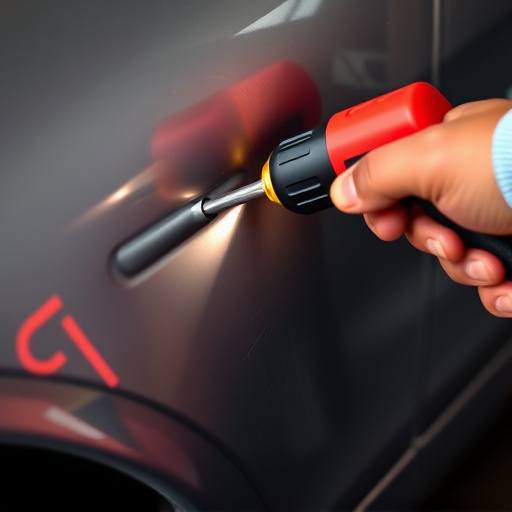
In the realm of car repair shops, precision is key when it comes to molding replacement collision parts. Advanced tools have revolutionized how technicians approach vehicle paint repair and car damage repair, ensuring a level of accuracy previously unattainable. These innovative solutions employ intricate algorithms and cutting-edge technology to map and mimic the original mold perfectly, resulting in seamless integration during the replacement process.
By leveraging these advanced tools, skilled technicians can now achieve meticulous details, from panel contours to paint finishes, surpassing the standards set by traditional methods. This not only enhances the overall quality of collision repair services but also streamlines the process, reducing turnaround times and ultimately benefiting both the shop and its customers.
Optimizing Replacement Parts Manufacturing

In the realm of automotive repairs, particularly within collision repair shops, advanced tools are revolutionizing the manufacturing process for replacement parts. By leveraging cutting-edge molding techniques, professionals can now achieve unprecedented accuracy in creating components that fit like a glove, ensuring seamless integration into luxury vehicle repair processes. This precision is especially critical when dealing with complex designs and tight tolerances, common in modern vehicles.
The adoption of these advanced tools allows for streamlined production workflows, minimizing errors often associated with traditional manufacturing methods. As a result, collision repair shops can enhance their overall efficiency while maintaining the highest standards of quality. This focus on meticulous craftsmanship translates to superior vehicle repair outcomes, ensuring customer satisfaction and safety on the road.
In conclusion, advanced tools and techniques play a pivotal role in enhancing the accuracy of collision detection during molding replacement parts. By leveraging these technologies, manufacturers can significantly improve part quality, reduce defects, and streamline production processes. Optimizing collision accuracy not only ensures precision but also contributes to cost-effectiveness and overall efficiency in manufacturing, ultimately benefiting both businesses and consumers alike.

